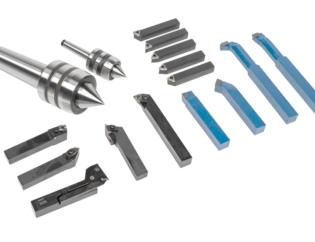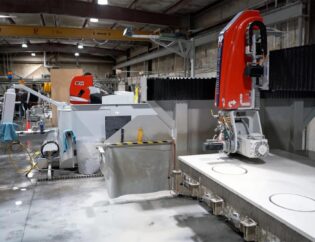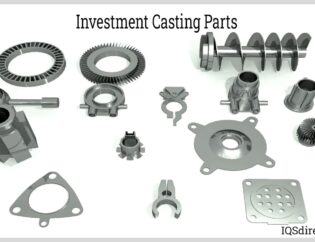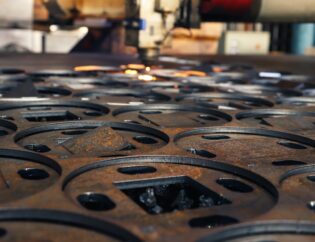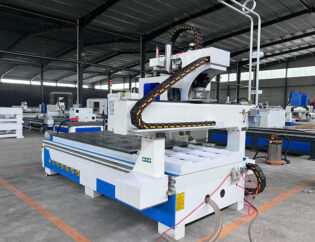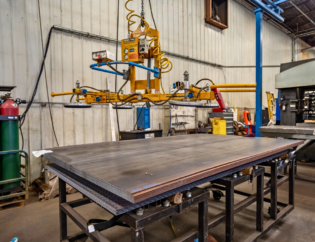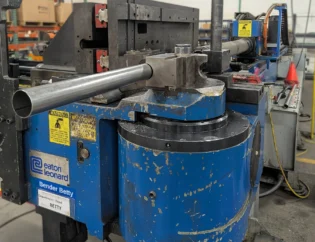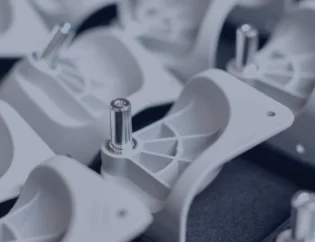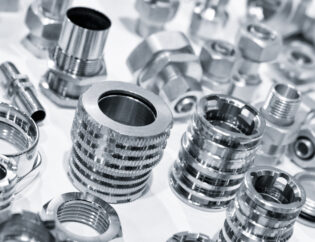CNC molding is a revolutionary process that combines precision engineering with creative design, making it a cornerstone of modern manufacturing. This guide delves into the intricacies of CNC molding, showcasing its significance in producing high-quality components across various industries.
Readers can expect to learn about the fundamental principles of CNC molding, the technology involved, and the advantages it offers over traditional molding methods. Additionally, we will explore best practices, common applications, and tips for optimizing production efficiency.
By the end of this guide, you will have a comprehensive understanding of CNC molding, empowering you to make informed decisions in your projects. Whether you are a novice or an experienced professional, this resource will enhance your knowledge and skills in this vital area of manufacturing.
CNC Machining vs. Injection Molding: A Comprehensive Guide
When it comes to manufacturing high-performance plastic components, CNC machining and injection molding are two of the most widely used processes. Each offers distinct advantages, making them essential for industries that demand precision, durability, and reliability — such as aerospace, medical, fluidics, and semiconductor applications. But when comparing CNC vs injection molding, how do the two processes differ?
Understanding CNC Machining and Injection Molding
CNC (Computer Numerical Control) machining is a subtractive manufacturing process that uses computer-controlled machines to remove material from a solid block to create a part. This method is known for its precision and ability to produce complex geometries.
Injection molding, on the other hand, is a manufacturing process that involves injecting molten material into a mold to create parts. This method is highly efficient for mass production and is known for its ability to produce parts with consistent quality.
Technical Features Comparison
| Feature | CNC Machining | Injection Molding |
|---|---|---|
| Process Type | Subtractive | Additive |
| Material Types | Metals, plastics, composites | Primarily thermoplastics |
| Production Volume | Low to medium volumes | High volumes |
| Tolerances | ±0.001 inches | ±0.003 inches |
| Setup Time | Quick setup for small runs | Longer setup due to mold creation |
| Cost Efficiency | Economical for low volumes | Economical for high volumes |
| Design Flexibility | High flexibility for design changes | Limited by mold design constraints |
| Surface Finish | Excellent surface finishes | May require post-processing |
Types of CNC Machining and Injection Molding
| Type | CNC Machining | Injection Molding |
|---|---|---|
| CNC Milling | Used for complex shapes and features | Not applicable |
| CNC Turning | Ideal for cylindrical parts | Not applicable |
| 3D CNC Printing | Rapid prototyping | Not applicable |
| Single-Cavity Molding | Not applicable | Suitable for low-volume production |
| Multi-Cavity Molding | Not applicable | Ideal for high-volume production |
Advantages of CNC Machining
CNC machining offers several advantages, including:
- Precision: CNC machines can achieve tight tolerances, making them ideal for applications requiring high accuracy.
- Material Versatility: CNC machining can work with a wide range of materials, including metals and plastics.
- Rapid Prototyping: The absence of mold creation allows for quick adjustments and iterations in design.
Advantages of Injection Molding
Injection molding also has its benefits:
- Cost-Effectiveness: Once the mold is created, the cost per part decreases significantly with high-volume production.
- Consistency: Injection molding produces parts with uniform quality and precision, making it ideal for mass production.
- Complex Shapes: This method can create intricate designs that may be difficult to achieve with CNC machining.
Applications in Various Industries
Both CNC machining and injection molding are indispensable in industries where precision, durability, and performance are non-negotiable. For instance:
– Aerospace: CNC machining is used for structural prototypes, while injection molding is preferred for lightweight, mass-produced components.
– Medical Devices: CNC machining is essential for high-precision surgical tools, whereas injection molding is used for producing sterile, disposable components.
– Semiconductor Manufacturing: CNC machining provides components with extreme precision, while injection molding is used for high-purity, chemically resistant parts.
Conclusion
Choosing between CNC machining and injection molding depends on various factors, including production volume, material type, and design complexity. CNC machining is ideal for low to medium volumes and offers high precision, while injection molding is more cost-effective for large-scale production. Understanding the strengths and limitations of each method is crucial for making informed decisions in manufacturing.
FAQs
1. What is the main difference between CNC machining and injection molding?
CNC machining is a subtractive process that removes material to create parts, while injection molding is an additive process that injects molten material into a mold.
2. Which method is more cost-effective for small production runs?
CNC machining is generally more cost-effective for small production runs due to the lack of upfront mold costs.
3. Can CNC machining produce complex shapes?
Yes, CNC machining can produce complex shapes, but it may not achieve the same level of intricacy as injection molding for certain designs.
4. What materials can be used in CNC machining?
CNC machining can work with a variety of materials, including metals, plastics, and composites.
5. How does the setup time compare between the two methods?
CNC machining typically has a quicker setup time for small runs, while injection molding requires longer setup times due to mold creation.

